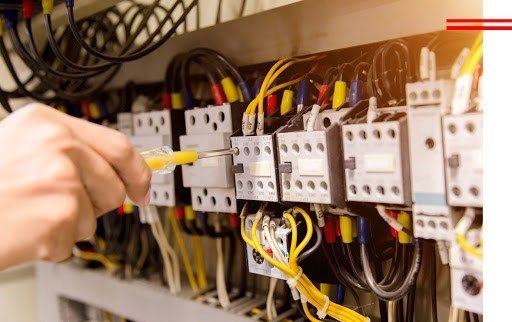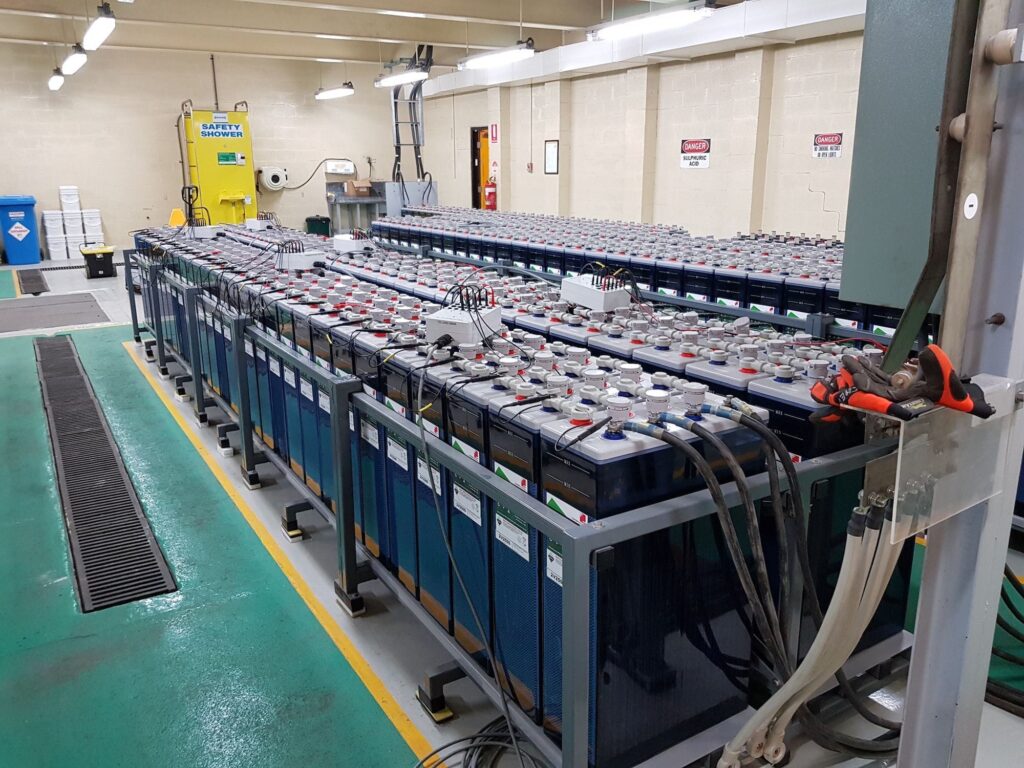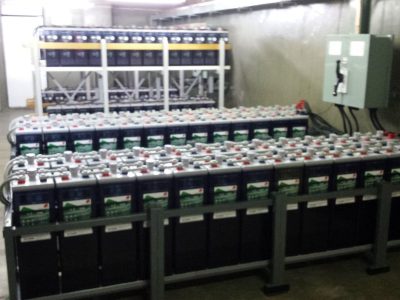The need to replace the battery is not so common. A quality battery with proper maintenance will last 5-7 years. However, when it comes to buying a new battery, many drivers feel confused. After all, choosing a rechargeable battery is not easy. The new current source must meet many parameters, such as size, power, terminal placement, and others. Consider them in more detail.
The width, length, and height of the battery are the first things you need to measure before buying. They must fit snugly in the space provided. Too large may simply not fit into your shaft. In addition, the vehicle manufacturer provides special mounts. They are also designed for certain battery sizes.
Size – Yes, it matters
Remember, the reliability of fastening depends on the correctly chosen size. It is not possible to squeeze in any case. This can cause cracks in the case with all the dangerous consequences. If the battery is not attached, shocks and vibrations can damage both the battery and the car parts.
Fastening

The parameter is closely related to the size – the type of battery attachment to the car body. There are only two common options: top and bottom.
– The top provides fixing of the battery from above by a lath. It is screwed to two pins.
– The bottom is with the help of the so-called “skirt”. At the bottom, there are special protrusions. A plate clings to them, which holds in place.
Terminal placement (- / +)
Battery terminals are pins to which the car’s electrical wires are connected. They are usually located on top of the battery, sometimes on the side. To avoid unnecessary confusion, the positive terminal always has a larger diameter. Rechargeable can have two types of polarity :
– direct (+/-);
– reverse (- / +).
Battery capacity – does more mean better?
Battery capacity is a very important characteristic. It depends on how long the car radio, lighting, recorder and, most importantly, how many times the car will start will be able to work in the car without recharging.
This physical quantity is measured in ampere-hours (A · h). On labels, it can also be marked in Latin, such as 70 Ah. In fact, capacity is the amount of energy that a battery can give off over time.
What determines the choice of battery capacity? – In general, we can say that more powerful engines require batteries with higher capacity. Electricity consumption also depends on the type of engine (petrol or diesel), how rich the car is in electronics.
Experts recommend that when buying choose a model 2-5 A · h more than the factory. However, even when space under the hood allows, you should not put it with a much higher capacity. If the new battery exceeds the capacity of the previous one by more than 15-20%, the generator will not have time to charge. As a result – premature “aging”, failure.
Starting current is what starts the engine

This characteristic can also be called cold scrolling current or starting power. Indicates the maximum current that can emit when starting the engine at any air temperature.
The starting current is denoted in amperes (A). Methods for measuring this indicator differ in different countries. Therefore, with the same starting capabilities, the number of amps certified in Europe may be different than on American-made batteries. There are three starting current standards:
A high starting current is also a property that helps to move during severe frosts. Since the average winter temperature ranges from -8 to -12, you should not buy with a current less than that recommended by the vehicle manufacturer.
The selection of the optimal starting current is simple – the higher it is, the better. If the capacity is chosen correctly, you can safely buy with a high starting current.
To service or not to service the battery?
Car battery maintenance means the need (or lack thereof) to add water to the electrolyte. Such batteries differ in design features and cost. They are:
– Serviced. Require frequent refilling and periodic repairs. Now practically do not meet in the market.
– Low – maintenance . Water should be added once every six months or a year.
– Maintenance-free. The design does not provide for the possibility of topping up the liquid.
Most drivers do not want to spend free evenings on minor repairs. They see it as another part of the car that works on its own and eventually wears out. The average car owner is increasingly choosing easier-to-operate batteries. Despite the significant difference in price, batteries that do not require maintenance are preferred.
It is not necessary to confuse the concept of serviceability of the storage battery with elementary care. The fact that the power source is maintenance-free does not mean that you do not need to control the charge level, keep the terminals and the case clean. In addition, experts recommend that you check at least once a year at a service center.
What’s under the hood in the battery?

All car batteries have a similar structure and principle of operation. The plastic case of the joint-stock bank is divided into several parts. Each of them has a group of lead plates that interact with the acid. Positively and negatively charged plates connected in series or in parallel alternate. This design is typical for all lead-acid batteries. Important differences in batteries are:
– coating of electrodes (plates);
– state of the electrolyte (liquid or gel-like).
The quality and price category depend on the impurities in the lead plates.
The most popular among drivers is the so-called calcium batteries, which belong to the middle and upper price segment. The plates are made with a calcium coating (indicated on the Ca / Ca label). Additionally, the alloy may contain other elements: selenium, silver, etc.